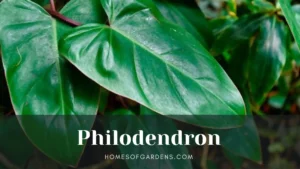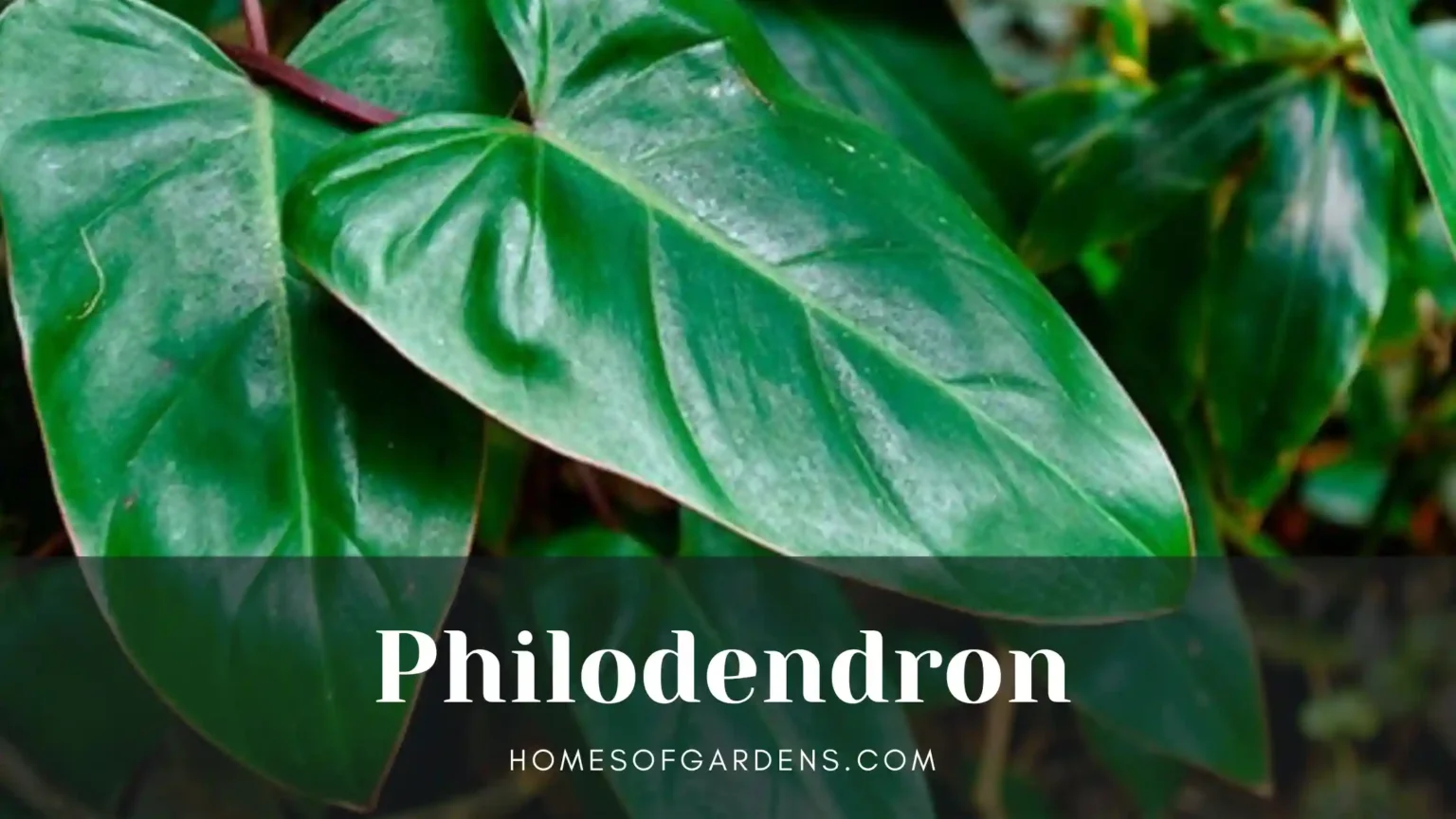The magic of the way the philodendron can transform space. The way that its heart-shaped leaves cascade down the shelves of a bookcase or climb gracefully through a moss pole adds an energy to any space. These gorgeous tropical plants have earned their spot as essential houseplants, not only for their attractive appearance, but also due to their incredible flexibility.
As someone who has been a philodendron’s caregiver through periods of growth as well as the occasional hiccups, I’ve learned to appreciate their stoic ability to withstand. It doesn’t matter if you’re just beginning your journey of becoming a plant parent or are looking to grow your indoor garden. Understanding these plants isn’t difficult once you get a sense of your own natural patterns.
The Allure of Philodendron
What makes philodendrons special isn’t only their aesthetic appeal although the way that sunlight flows into their leaf is unquestionably stunning. It’s their capacity to thrive when other plants struggle. In my Brooklyn apartment, which has questionable lighting, My Heartleaf Philodendron has been an ever-present source of green comfort. It has even tolerated my occasional mishaps with watering using nothing more than the slight droop of a leaf that is energized after a glass of water.
The wide variety within the philodendron group means there’s a variety for every area and design. From the silky leaf of the “Micans” variety that shines in the sun to the stunning leaf splits of the variety ‘Hope Each adds a unique character to your house. And, unlike other plants that are temperamental, Philodendrons appear to love being in our daily life, thriving steadily and not having to be watched over constantly.
Light: Reading the Leaves
Finding the perfect light for your philodendron takes more of a craft than science. The plants communicate through their leaves – when they’re feeling happy and their leaves are pointing out proudly, their colors vibrant and lively. If they’re exposed to too much sun they’ll begin to develop faded edges or patches of crisp as my “Brasil” did when I first put it in the south-facing windows of my home.
The most desirable spot is a bright, indirect light. Think of an east-facing window in which sunlight is gently washing over the leaves. However, here’s the best part: philodendrons change. This philodendron at work thrives in fluorescent lighting, its branches reaching out in a determined way towards the artificial light. The most important thing is to observe how your plant reacts and adapt in accordance with the changes.
Watering: The Rhythm of Care
Philodendrons are where many enthusiasts, myself included have learned valuable lessons. They prefer to drink only if their soil is a little dry – I check this by sticking my finger in the soil up to the point of my first knuckle. If the soil is dry, it’s time to water. If it’s not, then I hold off.
Overwatered leaves tell a tragic tale of yellowing leaves that drop without recuperating. Plants that are underwater have their own language, leaves that curl slightly at their edges before turning crisp. After a lot of trial and error, we’ve discovered that philodendrons need constant moisture, without becoming wet, similar to the tropical forests they are naturally growing in.
The Right Foundation: Soil and Repotting
The roots of a philodendron need to breathe just like their leaves. I’ve seen the most success using an airy mixture of perlite, potting soil and orchid bark that replicates the natural conditions of their growth. If roots begin to peek through drainage holes or the growth slows down, it’s the time to plant again – usually every two years during spring, when the plant’s energy levels are exploding.
When I first transplanted a philodendron I was stunned by how strong the root system was. the thick white roots that fully filled the pot. The addition of new soil and a little more room led to an explosion of growth that inspires me to smile every time I see it.
Creating a Tropical Microclimate
Although philodendrons can tolerate normal humidity in the home, they thrive when there is more humidity within the atmosphere. I’ve discovered a few ways to increase humidity, without transforming my home into a forest by grouping plants together to create an area of shared humidity with occasional misting (especially during winter) ensures that leaves look at their best.
Consistency in temperature is also important. Tropical natives like the same temperature range that we are at ease – 65-80degF. I discovered this through experience after a winter storm caused a leaf fall on my beloved ‘Moonlight’ philodendron. Since then, I’m cautious to keep them from the cold winter windows.
Nourishment: Less Is More
Philodendrons don’t eat a lot. An application of a light dose of balanced fertilizer every 4 to 6 weeks throughout the growing season is sufficient. I’ve observed that fertilizing too much leads to an accelerated but weak growth. However, an approach that is more controlled yields strong and colorful leaves. The winter months are when I let my plants time to rest and let them follow their natural rhythms.
Pruning and Training: Shaping Beauty
This is a way to relax and enjoy the process of pruning the Philodendron. Pruning old leaves can encourage the growth of new ones, while the vines that are guided create living sculptures. My personal favorite is climbing varieties like “Burle Marx” up Moss poles and watching the new leaves appear bigger and more stunning with each cycle of growth never getting old.
When Problems Arise
Even with top of care there are times when problems develop. Yellow leaves may indicate excessive watering and brown tips typically suggest dry air. Spider mites are sometimes seen particularly in winter, but A quick shower and the treatment with neem oil usually eliminates the issue. The trick is not to panic, Philodendrons are extremely resilient when they are given the time to pay attention.
The Joy of Propagation
One of my most memorable pleasures with plants is the process of growing Philodendrons. Cutting a stem with some nodes, putting it in water and then watching tiny roots sprout makes me feel like I’m witnessing the magic of. These plants make great gifts, each telling the tale of the mother plant that’s been growing alongside me for many years.
Living with Philodendron
Beyond simple plants, philodendrons are partners that track time with their development. The vine that hung over my bookshelf in lockdown, the cut I offered to a friend who is moving away – these plants weave to our daily lives through peaceful but significant ways. Their constant expansion reminds of nature’s endurance even in urban areas.
With their beautiful simplicity and quiet resilience the philodendrons remind us that some of the best things can also be easy to maintain. They just need our attention, and provide us with the lush growth that can transform our surroundings and our lives.
Final Thought
The beauty of philodendrons doesn’t lie only in their leaves however, but also in the way they enable us to connect with nature in our everyday lives. If you take care of them and develop an individual rhythm as well as knowledge which is when you’ll experience the true magic.

